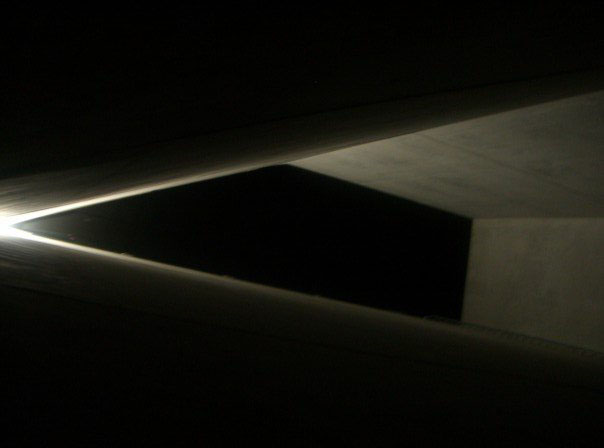Mahler conceived the Third in what had become, by now, a typical manner. Each symphony was a "world unto itself" (Solvik-Olsen 1991, 139). This one, however, was a deliberate and ordered recreation of Mahler's very own world. As scholar Henri Louis de La Grange put it:
"The finished work was an imposing fresco dedicated to the glory of creation, starting with inanimate nature and progressing step by step to its highest form, that is to say, God" (1973, 377).
This symphony, unlike most others, has a program attached to it. Though Mahler later tried to suppress this program, it is clear from his Urtext what he meant (Solvik-Olsen, 139). The program is as follows:
A Midsummer Morning Dream
Part I:
Introduction: Pan’s awakening
No. 1: Summer marches in (procession of Bacchus)
Part II:
No. 2: What the flowers of the field tell me
No. 3: What the animals of the forest tell me
No. 4: What man tells me
No. 5: What the angels tell me
No. 6: What love tells me
The way Mahler combatted Wagner's restrictive nation--one that would have nothing to do with him, both physically and ethnically--was to recreate this world. He progresses from the mythological to the natural; from the natural to the animal. From there, he finally introduces Man, angels, and at the highest level, his god--love.
Notice how Mahler's ordering of creation closely resembles the Biblical narrative from Genesis. There, being sprang from unbeing and light from darkness on the first day, followed by humans, plants, animals, and Man.
This was a world into which Mahler could easily fit. It was universal and governed by the properties of nature and man Mahler observed. Furthermore, it was a world created by a man who, by Wagnerian stereotypes, should only be capable of whining imitation.
